USS Spiegel Grove Shipwreck
After a long career, a disastrous sinking, and a half-successful salvage, this Naval vessel-turned-artificial reef ended up exactly where she was supposed to—with a little help from nature.
The Florida Keys region is known for snorkeling and scuba diving, but until recent times, most of the diving was on natural reefs. The amount of divers swimming on the reefs started to cause damage to the ecosystem. In the 1990s and early 2000s, a major project was started to create several artificial reefs around the Florida Keys in order to draw divers away from the natural reefs and onto the artificial ones. The goal was to boost dive tourism to the area and allow the natural reefs to heal and repair themselves. This is where we are introduced to the USS Spiegel Grove.
The Spiegel Grove is an amphibious warfare ship that was originally laid down in September 1954, launched in November 1955, and commissioned in June 1956. The ship featured a wet dock for launching amphibious vehicles. She was initially assigned to the Mediterranean but spent most of her career in training exercises in the Caribbean and off the Eastern Seaboard. The Spiegel Grove was also used in special international missions, including operations that supported the U.S. space program (specifically, Mercury-Atlas 7).
The Spiegel Grove was decommissioned on October 2, 1989. She was assigned to the Navy’s “mothball” fleet of unused ships and sat for years, awaiting action.
In 1998, Florida acquired the Spiegel Grove’s title and started making plans to turn the decommissioned warship into an artificial reef. In 2001, the ship sailed from Virginia to Key Largo for cleaning and preparations. Holes were cut above the waterline and the vessel was ready to be scuttled. But when she was towed out to sea, things suddenly took a turn for the worse.
When they reached the designated sinking site, crew started to prepare the Spiegel Grove for her final trip to the ocean floor, including flooding her ballast tanks to let her sink properly. But the vessel took on too much water to quickly, and started to sink with the preparation crew still onboard.
Realizing the sinking Spiegel Grove was beyond the point of no return, the crew quickly abandoned ship. Everyone safely evacuated with no injuries, but the Spiegel Grove was sinking ahead of schedule.
When ships are scuttled as artificial reefs, the process is meant to be quick, safe, and in the correct position. The Spiegel Grove was not doing any of this. She was meant to go down on an even keel, but as she went down, the stern started to sink quicker than the bow. As she sank further and further, she started to roll over. Eventually the stern of the Spiegel Grove hit the bottom and as it did so, the rest of the ship completely capsized. The Spiegel Grove’s stern sat on the bottom, while her bow protruded out of the sea.
A salvage operation was started, not to raise the ship but merely to get her upright on the ocean floor. Divers traversed the ship’s dangerous inverted corridors to pump air into some sections of the ship while pumping water into others. Lift bags were attached to the ship and some broke free during the difficult operation.
Several weeks after the Spiegel Grove’s premature sinking, the salvage crew was able to roll the ship onto her starboard side. With the salvage operation over and nothing more to be achieved, the wreck was opened to divers. The publicity of the chaotic sinking had worked in the ship’s favor though, as over 100,000 divers visited the wreck in the first two years.
There is one final twist in the story though. In 2005, Hurricane Dennis swept through the Florida Keys, when the wreck was inspected following the hurricane, the wreck was found to be fully intact… and upright. The hurricane-level ocean currents had proved so powerful that the Spiegel Grove was pushed by the currents onto her keel, perfectly upright and in the exact spot where she was intended to be scuttled.
The first diver down on the wreck after she rolled upright told a local reporter: “I had to ask myself: Am I narcked?” (Referring to nitrogen narcosis that can cause hallucinations in extreme circumstances)
After a long and noteworthy career, an almost disastrous sinking, and a half-successful salvage, the Spiegel Grove finally ended up exactly the way she was planned to be with a little help from nature. Since 2005, despite being battered annually by hurricanes, the wreck has remained exactly in place.
Know Before You Go
The ocean floor lies about 45 metres (130ft) and the top of the ship at about 17 metres (50ft).
There have been numerous deaths on the Spiegel Grove, remember to follow your training, stick to your limits and do not penetrate the wreck unless trained to do so.



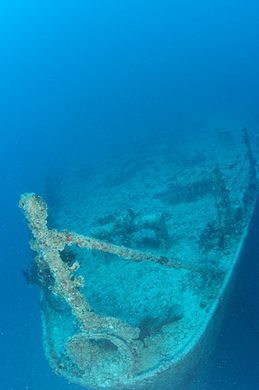
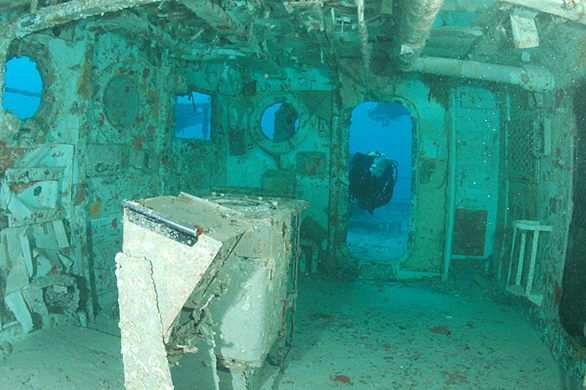
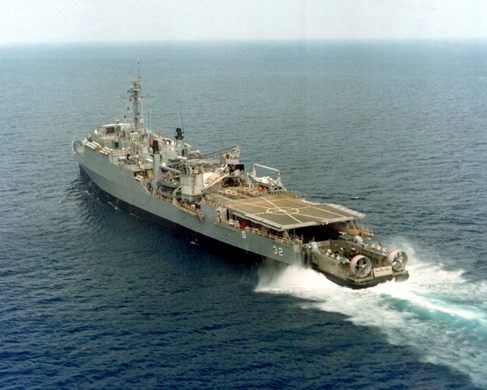
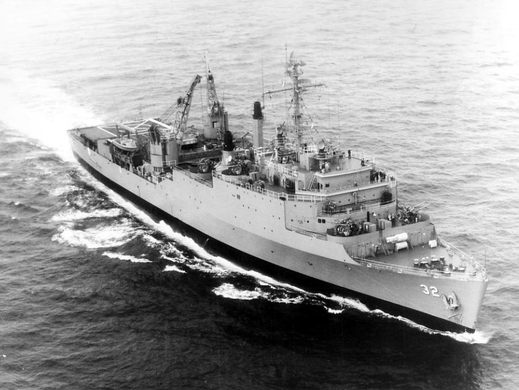






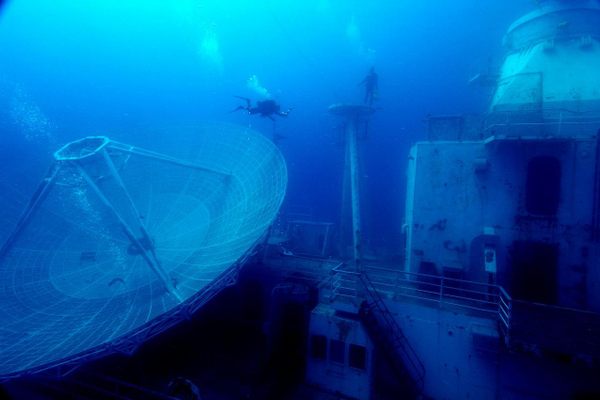
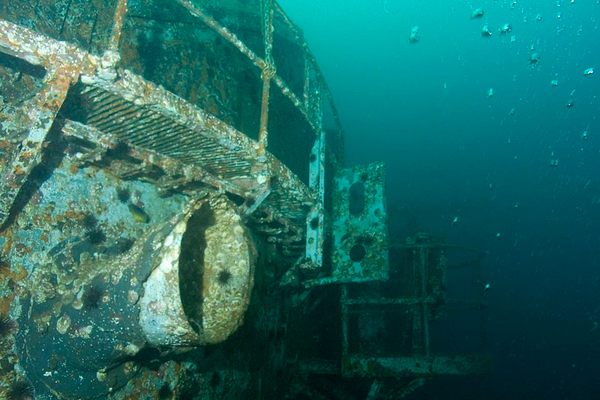

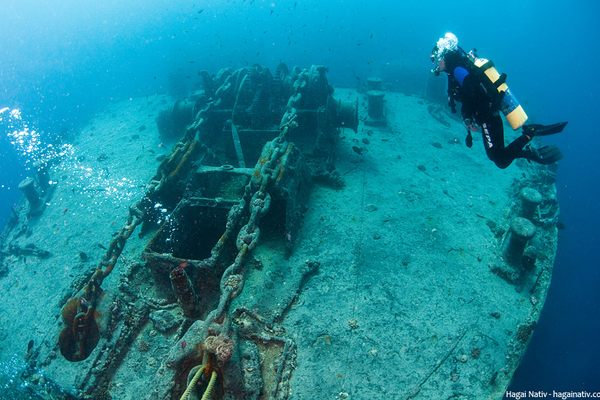

Follow us on Twitter to get the latest on the world's hidden wonders.
Like us on Facebook to get the latest on the world's hidden wonders.
Follow us on Twitter Like us on Facebook